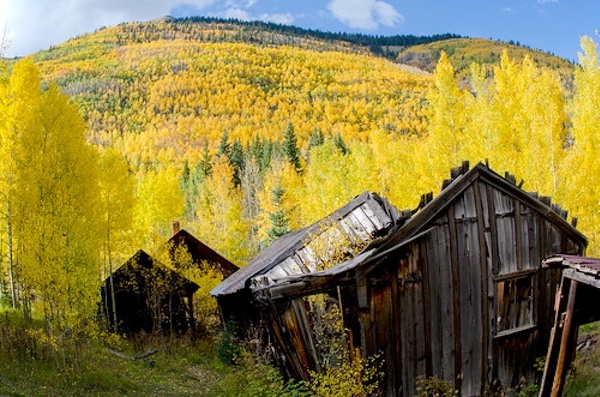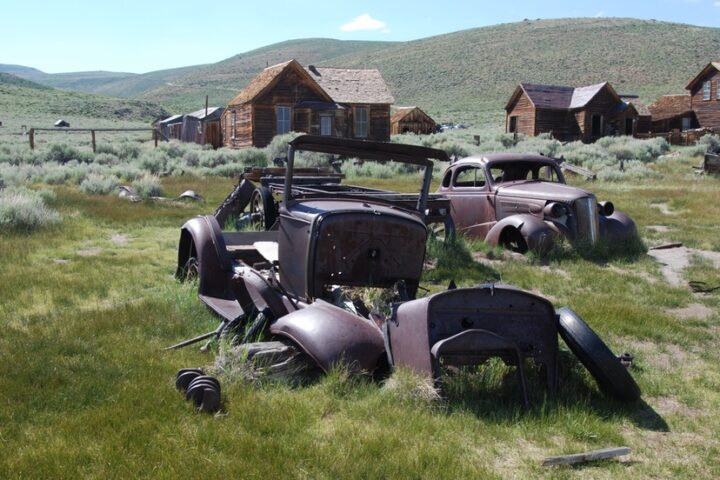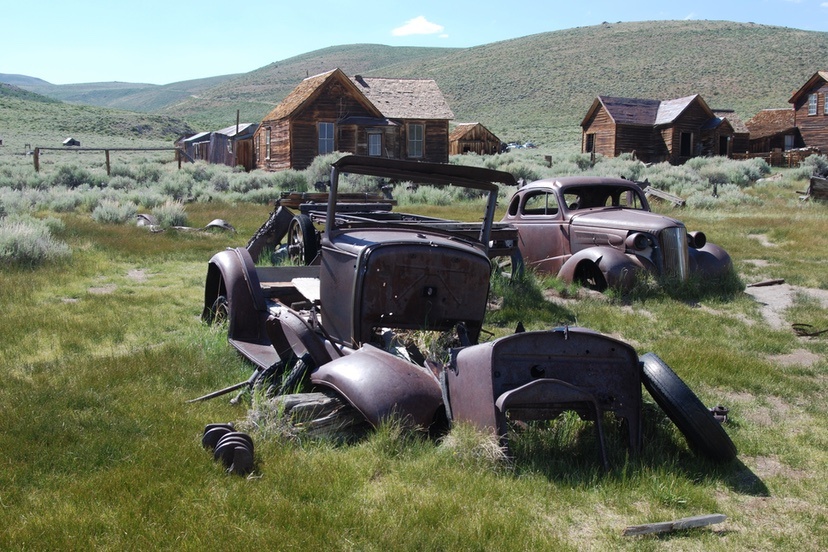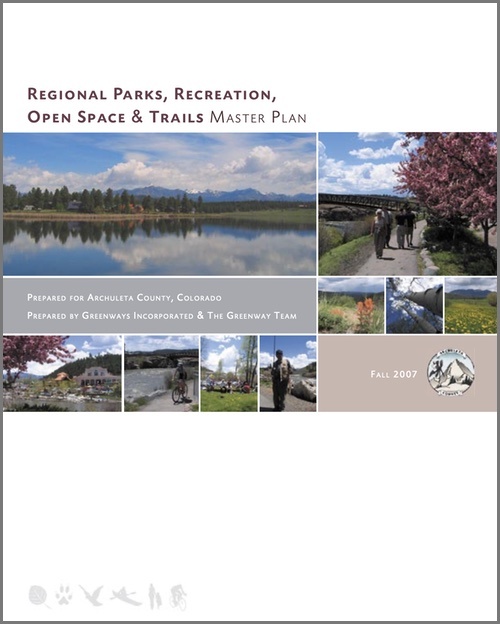In Part Three of this editorial series, I mentioned Abraham Maslow’s theory of human motivation, wherein he proposed that humans prioritize their activities and efforts based on a hierarchy of needs and wants. At the foundation, he placed essential physical needs, without which human life is impractical, or even impossible. Other psychologists have endorsed the theory, and often use a ‘pyramid of needs’ to illustrate the idea.

According to Maslow, we will typically — but not always — try to meet the more basic needs before we strive to meet “higher order” needs. And the different needs and desires are interrelated; a single activity might be meeting needs at various levels, all at the same time.
Take, for example, a person taking a hike in the forest with a companion. That activity might related to the simple need for fresh air and exercise, while also bearing on friendship and a sense of belonging, and also the need for spontaneity. The conversation during the hike might be related to “problem solving”.
If the two companions are carrying rifles, they might be attempting to also meet the very basic need for food.
Of course, this view of motivations could apply to other lifeforms besides humans. Anyone who has owned a pet knows that non-human animals often seek benefits “higher” on Maslow’s hierarchy than just food and water.
I would argue that the hierarchy of needs can be applied to a community or a society, as well as to an individual.
Can we apply this theory to Pagosa Springs, as a holistic community?
Presumably, a community that cannot meet these important needs and desires — available food, clean water, breathable air, housing, employment, opportunities for friendship, a modicum of safety — will eventually be abandoned, like the ghost towns that dot the Colorado landscape.

Although it appeals to ‘common sense’ that a need for food and shelter will trump the need for ‘morality’ or ‘spontaneity’… not all practitioners of the psychological sciences endorse Maslow’s proposed hierarchy, nor does empirical data necessarily support a type of separation between differing needs.
Nevertheless, I’m going to stick with common sense, and propose that town where the community leadership cannot provide housing for its people, but instead focus their political efforts on expanding ‘tourism’ and ‘recreation’, is a poor excuse for a community.
An additional criticism of Maslow’s theory is worth mentioning. Some critics have argued that Maslow’s hierarchy fails to illustrate the difference between the social and intellectual needs of those raised in individualistic societies and those raised in collectivist societies.
The needs and drives of those in individualistic societies tend to be more self-centered than those in collectivist societies, focusing on the improvement of the self, with self-actualization being the apex of self-improvement.
In collectivist societies — such as the societies common to Asia and Africa — the desire for acceptance and community typically outweighs the desire for freedom and individuality. Or so it appears.
Another criticism comes from a 1981 survey of people at various ages. Among children, the desire to meet physical needs was found to rank higher than among older groups. The peer-approval need was highest among the adolescent group; young adults had the highest self-actualization needs; and the elderly showed the highest concern for safety and security.
More common sense. We don’t all want the same things, and the differences depend, to some degree, on our age, and on our position in the society.
Back in Part Two of this editorial series, I shared a link to a 2007 study funded by three local governments: Archuleta County, the Town of Pagosa Springs, and the Archuleta School District. The study, written by North-Carolina-based consultants Greenways Inc., is titled Regional Parks, Recreation, Open Space & Trails Master Plan. As far as I can tell, none of these three local governments have this study available on their websites. (You can download it here, however, from the Daily Post.)
The report recommends about $55 million in improvements to the community’s recreation landscape, and also indicates where that $55 million might eventually be found, in grants and local government budgets.
We cannot doubt that many people are willing to live in Pagosa Springs, under stressful housing conditions — in overpriced and sometimes poor quality housing that stretches the household budget to near the breaking point. Many of these individuals and families are willing to make this sacrifice in order to live in proximity to outdoor recreation.
How close is our whole community, to the breaking point?
At what point do the individuals and families suffering from our ongoing housing shortage throw up their hands and leave?
I suppose it’s possible that putting even more money and staff effort into tourism and recreation will convince struggling workers to remain here. But if that 1981 survey is correct, and that our age and position in society influences how we rank our needs…
… and if a functional society needs a diverse population to need those needs…
…and if families will choose to eventually abandon a community that doesn’t address its needs…
Well, those are all good questions, to which we don’t fully understand the answers.
But they’re questions that suggest we ought to look beyond our own personal hierarchy of needs…
…that we ought to look around at the people around us — people of other ages and other social positions — and find out what their needs and desires might be.
Before it all goes to rust.



